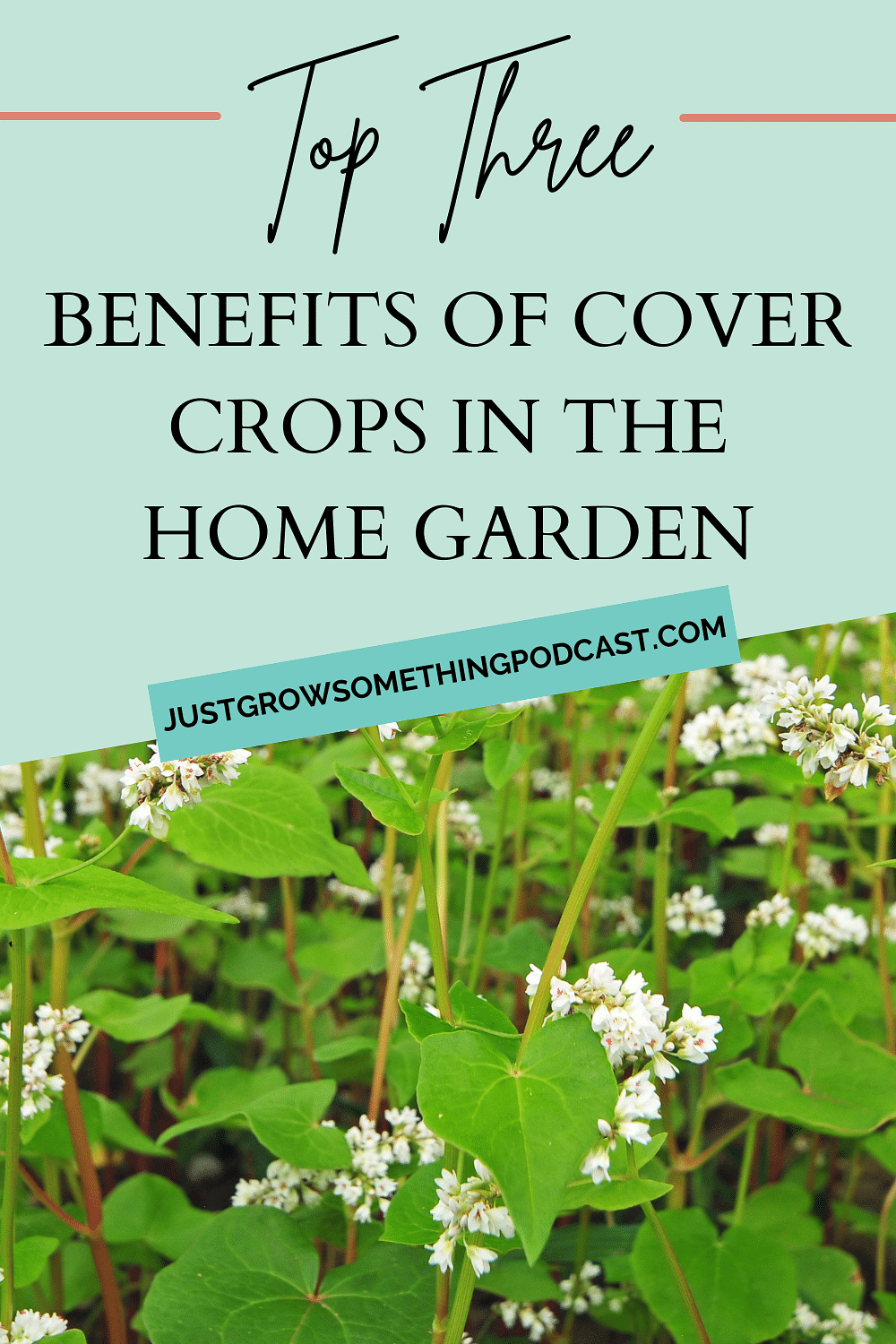
Cover crops are any plant grown in the garden to improve a soil’s physical structure or its fertility or both. Cover crops are also often referred to as green manure. They can be grains, grasses, brassicas, or legumes. Usually, they’re grown during fall and winter and then turned under in the spring or left on the soil surface to act as a mulch. Gardeners can also use a quick-growing cover crop during the summer to fill the gap between crops.
 During their growth, cover crops help reduce soil compaction, capture excess nutrients, and prevent erosion. The roots of some crops can help loosen heavy-textured or "tight" soils, allowing for better air and water penetration. Legumes as a cover crop add nitrogen back into the soil. Cover crops can also reduce weed problems and provide a habitat for beneficial insects. As these cover crops grow, they become like living reservoirs for excess nutrients and micronutrients. When they’re worked back into the soil not only are they making the nutrients available to your future garden crops, but they’re also feeding the microbiota in the soil - the bacteria, fungi, worms and other lifeforms responsible for fertile soil - and increasing the soil organic matter. Each type of cover crop can serve one or more purposes and can be used in a multitude of ways to fit your particular garden’s needs.
During their growth, cover crops help reduce soil compaction, capture excess nutrients, and prevent erosion. The roots of some crops can help loosen heavy-textured or "tight" soils, allowing for better air and water penetration. Legumes as a cover crop add nitrogen back into the soil. Cover crops can also reduce weed problems and provide a habitat for beneficial insects. As these cover crops grow, they become like living reservoirs for excess nutrients and micronutrients. When they’re worked back into the soil not only are they making the nutrients available to your future garden crops, but they’re also feeding the microbiota in the soil - the bacteria, fungi, worms and other lifeforms responsible for fertile soil - and increasing the soil organic matter. Each type of cover crop can serve one or more purposes and can be used in a multitude of ways to fit your particular garden’s needs.
So, how can cover crops benefit the home gardener? Let’s look at the top three goals for cover crops:
Prevent soil erosion/provide weed control
If our soil is left bare while we’re not actively using it, one of two things is going to happen. Either the weather conditions are going to carry away some of that precious topsoil or weeds are going to take hold and take off as soon as the soil conditions are right. In some cases, you could be facing both of these.
Cover crops can be planted before a garden bed gets planted and used as a living mulch to provide weed control or can be planted after a crop comes out to keep the soil in place and prevent weeds from moving in.
Nitrogen fixation
Any time we grow something that relies heavily on pulling nitrogen from the soil, we may find our soil depleted after that crop is done. We can use legumes as cover crops to help replace that nitrogen.
Legumes can be planted before a heavy feeding crop is set to go in, planted after a heavy feeder comes out, or both. You can either leave a low-growing legume in place under taller growing crops to continue to fix nitrogen and act as a mulch or terminate that crop prior to planting. In the case of termination, you want to leave the roots in place. The nodules on the roots that store that nitrogen will continue to feed the soil long after the top part of that cover crop has been removed.
Green manure
Even though cover crops are sometimes referred to as green manures as a general term, this is actually a specific purpose of certain cover crops. The idea is to plant the cover crop, terminate it, and allow both the root mass and the top growth to breakdown into the soil, feeding it nutrients the same way a composted livestock manure would. Hence the term green manure.
With very few exceptions, almost all cover crops can be used in this manner. Grow the crop, chop it down, leave the roots to breakdown and either turn the top growth under or leave it whole on top to act as a mulch and plant your crop into it. It will breakdown slowly over time and still add those nutrients to the soil.
When should cover crops be planted? The type of crop you plant, and your goals, will determine when you plant. Some mixes are specifically good for fall and winter growing, others should be sown in spring to summer. Others can be sown in either spring or fall. Buckwheat does particularly well as a short-season summer cover crop.
Not convinced?
Read about four more benefits of cover crops in the home garden.
To help you decide with crops are best for your garden, check out this article on choosing the right one!
We also talk all about cover crops on Episode 118 of the podcast!
Your friend in the garden,

